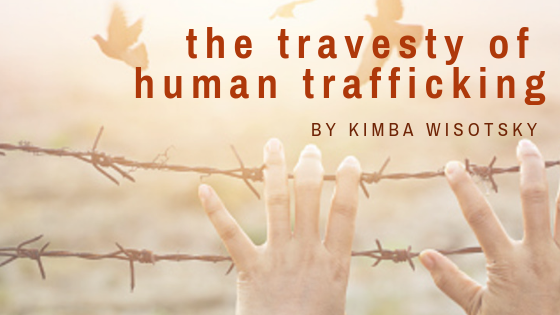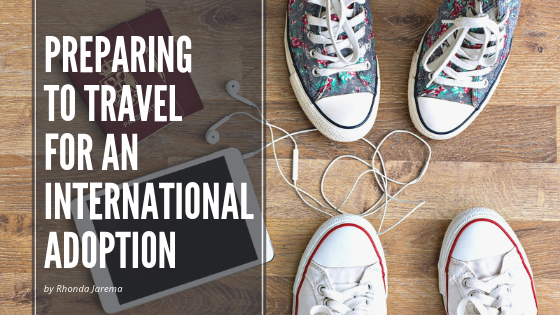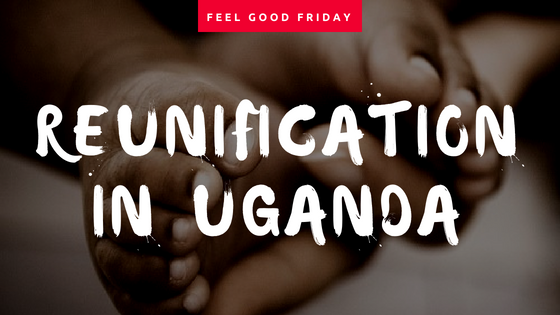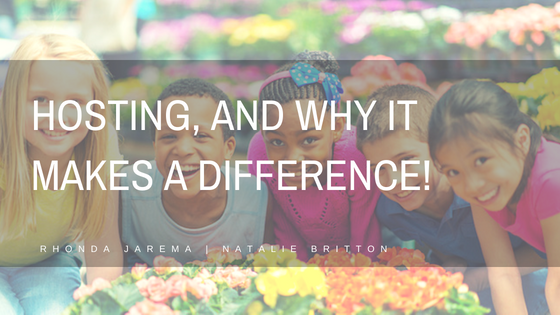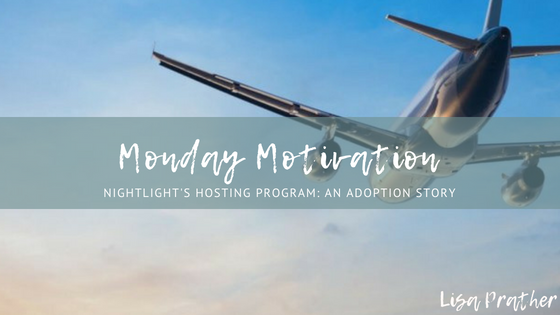It is estimated that there are over 150 million orphans in the world today. It is approximated that there are 407,000 children and youth in the United States foster care system with 107,000 of those being available for adoption. Caring for the orphan is not a new concept. James addressed this in James 1:27; […]






